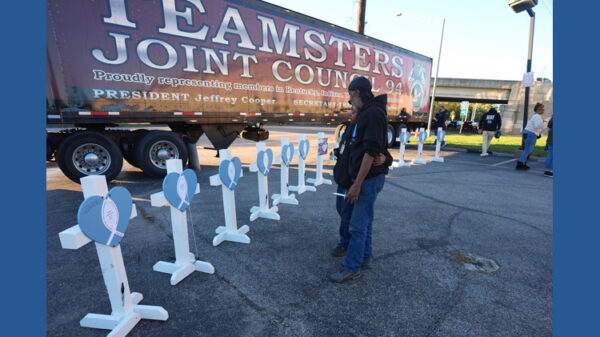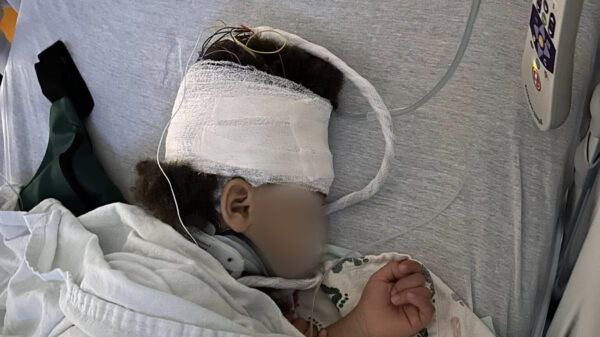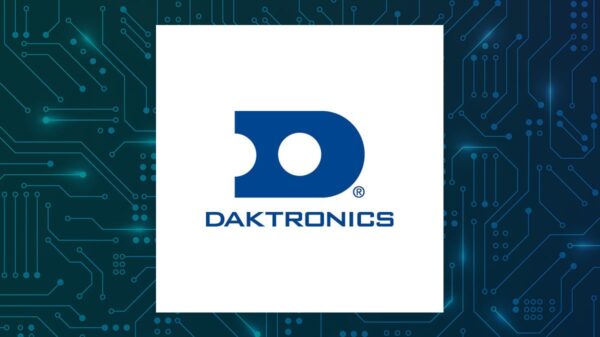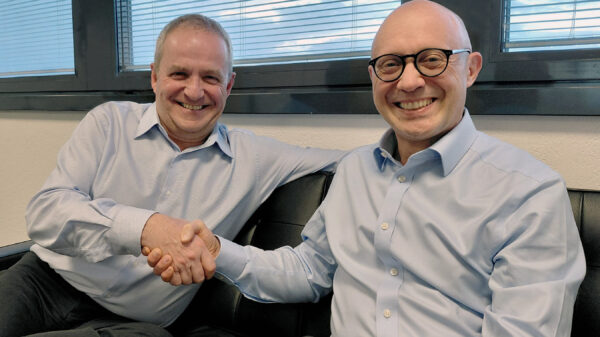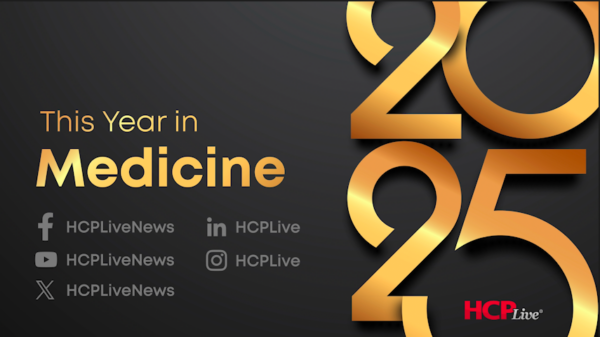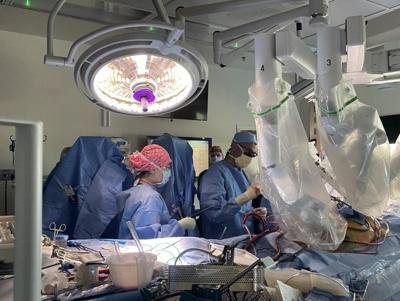Dartmouth Hitchcock Medical Center (DHMC) has introduced a revolutionary robotic system for minimally invasive mitral valve surgery. On August 15, 2023, DHMC became the first hospital on the East Coast of the United States, north of Boston, to implement this advanced technology, enhancing treatment options for patients with mitral valve prolapse.
The mitral valve plays a crucial role in heart function, connecting the upper and lower left chambers. Mitral valve prolapse is a common condition that can lead to severe leakage over time, potentially causing permanent damage or heart failure. While replacing the valve with an animal valve is one option, surgical repair is often preferred. The national success rate for mitral valve repair varies between hospitals, estimated at between 60% and 70%. In contrast, Dr. Henry J. Tannous, section chief of cardiac surgery at DHMC’s Heart and Vascular Center (HVC), reports a success rate exceeding 95% for repairing degenerative mitral valve disease.
The introduction of robotic technology marks a significant advancement in surgical methods. Over the past two decades, the procedure has been developed and refined, gaining prominence in the last five years. Dr. Tannous and his team dedicated a full year to prepare for the robot’s use, visiting leading academic centers in Atlanta, Manhattan, and Los Angeles to observe the technology in action.
The launch coincided with the arrival of Dr. Jose R. Rodriguez, a new cardiac surgeon who has experience using the robot in his previous role. Dr. Tannous noted, “The fact that we had the whole team getting ready before his arrival made Dr. Rodriguez an ideal match.” His prior experience, combined with the team’s thorough preparation, ensured that the inaugural surgery proceeded smoothly.
The first patient to undergo the robot-assisted mitral valve repair has already returned home, with a second surgery successfully completed on August 18, 2023. Looking ahead, two additional surgeries are scheduled for September, with more anticipated as interest in the procedure grows.
A collaborative approach remains vital for successful surgery, and the robot serves as an essential tool rather than the focal point of the procedure. “The robot is a very fancy tool, but it can’t do the surgery or teach us how to repair a valve,” Dr. Tannous explained. “It allows us to do a better job, which leads to better outcomes for patients.”
Currently, the robot is exclusively employed for mitral valve repairs, but Dr. Tannous indicated plans to expand its use to assist with other cardiac surgeries. “Robotic surgery is less invasive, allows for less time spent in the hospital, and leads to faster recovery,” he noted. The introduction of this technology is expected to attract patients from various regions, offering them advanced surgical options without needing to travel to major cities out of state.
The successful implementation of robotic surgery at DHMC not only enhances patient outcomes but also positions the medical center as a leader in cardiac care. This development represents a significant step forward in the pursuit of innovative medical solutions that prioritize patient health and recovery.










